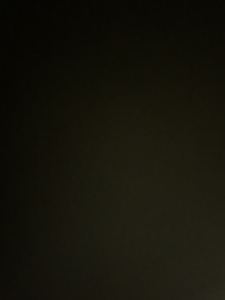❌ which is found in high concentrations in the mucous membranes, particularly those lining the respiratory passages and gastrointestinal tract, as well as in breast milk, saliva and tears.
❌ the most abundant type of antibody, is found in all body fluids and protects against bacterial and viral infections. Also crosses the placenta.
❌ which is found mainly in the blood and lymph fluid, is the first antibody to be made by the body to fight a new infection.
❌ which is associated mainly with allergic reactions (when the immune system overreacts to environmental antigens such as pollen or pet dander). It is found in the lungs, skin, and mucous membranes.
❌ which exists in small amounts in the blood, is the least understood antibody.
Arrastra y suelta para completar el texto.
Immunoglobulin A (IgA),
Immunoglobulin A (IgA),
Immunoglobulin G (IgG),
Immunoglobulin G (IgG),
Immunoglobulin M (IgM),
Immunoglobulin M (IgM),
Immunoglobulin E (IgE),
Immunoglobulin E (IgE),
Immunoglobulin D (IgD),
Immunoglobulin D (IgD),
